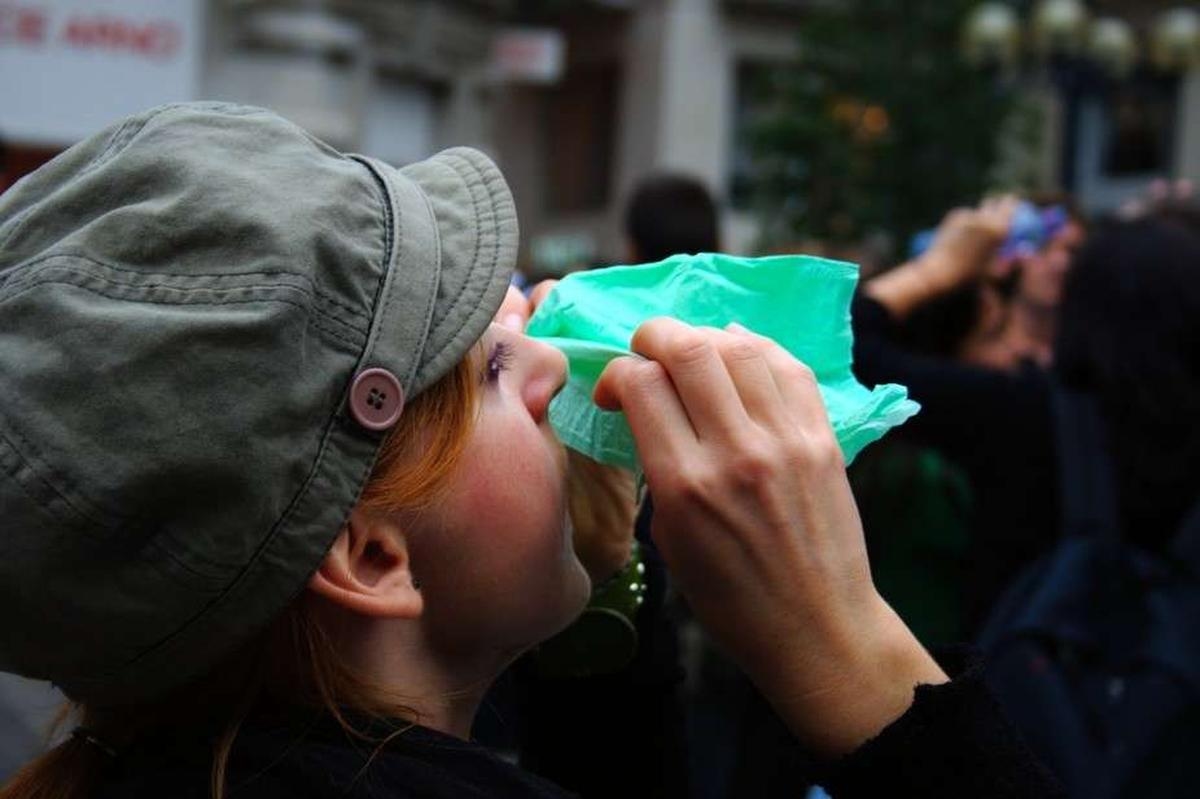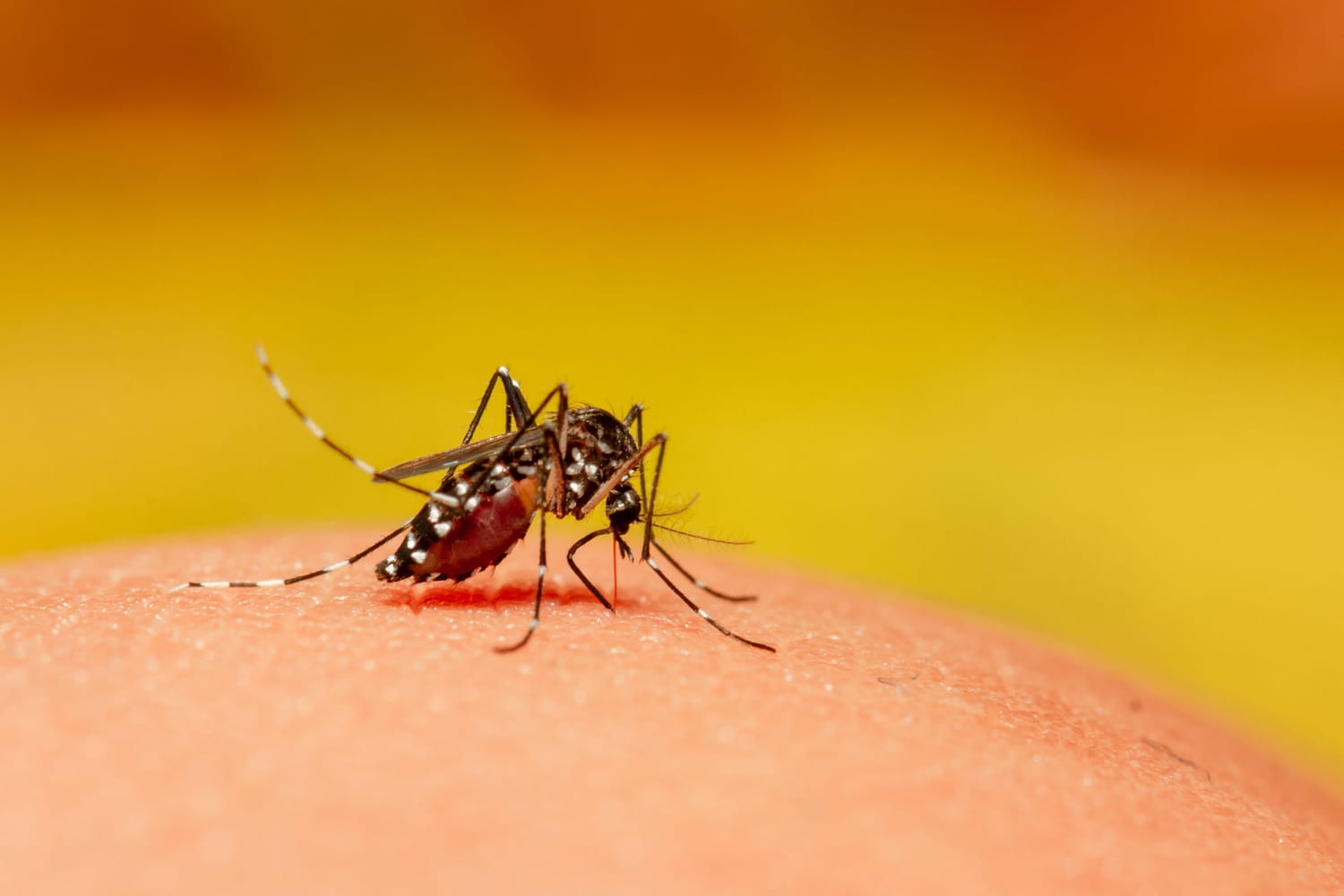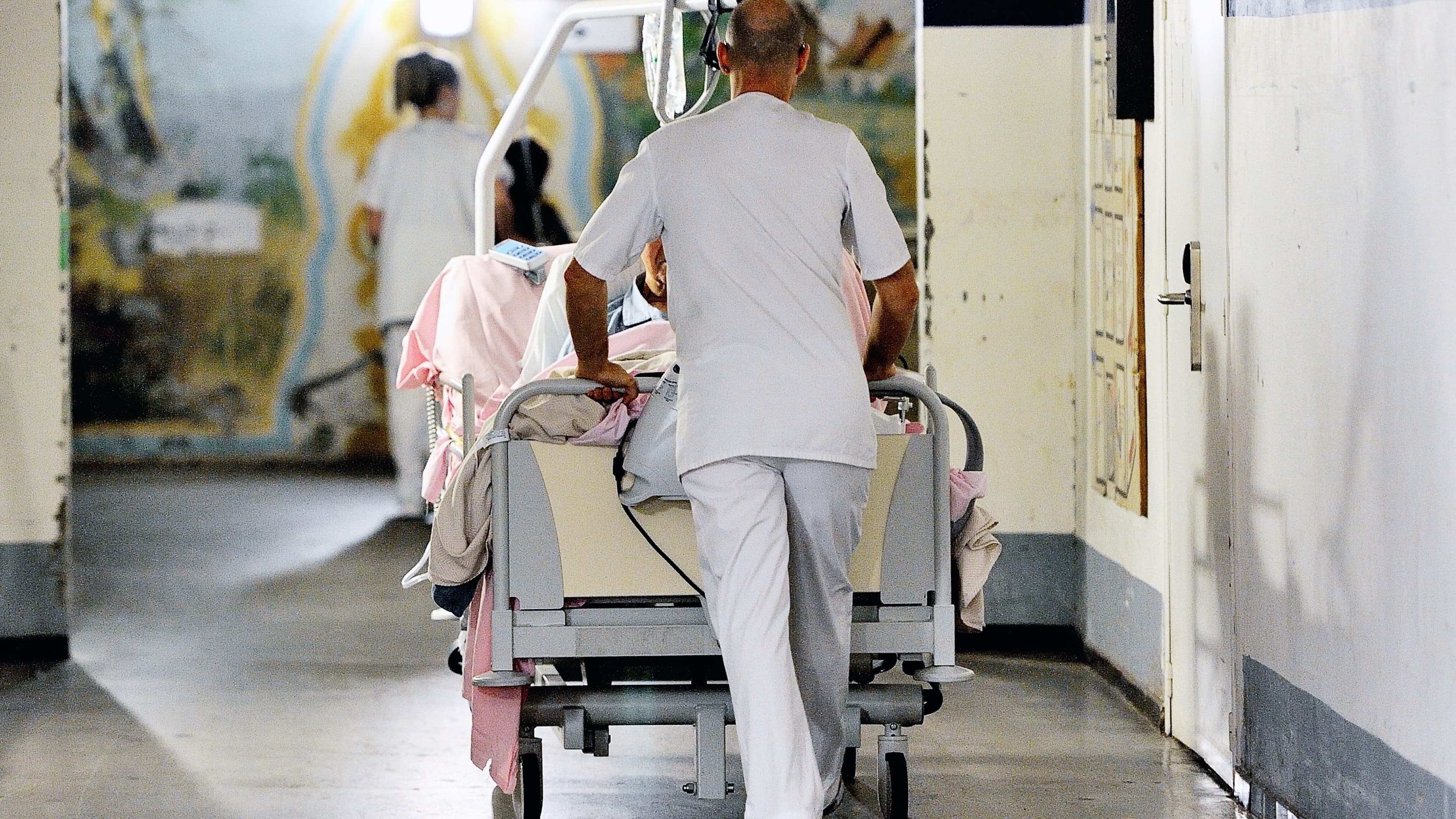Cold medicines: better to avoid

François Chast , Paris Descartes University – USPC
Our author, a professor of pharmacy at a public hospital, focuses here on a common ailment: the common cold. But there is no such thing as a common medicine, and those for colds deserve as much as any other to have their risks and benefits weighed against each other, as he explains in "Les médicaments en 100 questions" (Tallandier editions), a work from which we publish an excerpt below.
A cold can be caused by an infectious or allergic phenomenon. Also called rhinitis, it causes sneezing, nasal congestion (i.e., a blocked nose) or runny nose requiring frequent nose blowing, and a sore throat. Symptoms appear gradually and last for five to seven days, rarely longer.
The frequency of colds is linked to age: it can reach a frequency of 10 episodes per year in children as young as 2, but seniors are often no longer affected by the phenomenon. Indeed, with age, the immune system develops antibodies against several of the viruses responsible for colds and neutralizes them in time.
Allergic rhinitis is more common in spring, especially in patients under 40, with the usual series of symptoms that lead to a visit to the pharmacist. Patients have a history in 30% of cases. Allergic rhinitis responds well and quickly to H1 antihistamine medications (as opposed to H2 antihistamines, which are used to combat stomach acid).
Viral rhinitis in adults and children, more common than allergic rhinitis, occurs in epidemic and seasonal fashion, in autumn and winter. The viruses involved belong to the rhinovirus, adenovirus, coronavirus, influenza, and respiratory syncytial virus (RSV) families. These rhinitis also manifest as nasal congestion and clear rhinorrhea. These signs develop in a context of transmission, often familial or occupational; they are associated with those of a viral syndrome, with moderate fever (less than 38.5°C), general malaise, pharyngitis, muscle pain, conjunctivitis, cough, and sneezing.
Bacterial superinfection may be suspected if symptoms persist. The main bacteria involved are Haemophilus influenzae and Streptococcus pneumoniae (pneumococcus), with a high proportion of antibiotic-resistant strains. Antibiotic therapy that may be given as a first-line treatment by the doctor, for a seven- to ten-day course, includes a combination of amoxicillin and clavulanic acid (Augmentin), second-generation oral cephalosporins (cefuroxime), and certain third-generation oral cephalosporins (cefpodoxime, cefotiam).
If the above antibiotics are contraindicated, pristinamycin (Pyostacin) and telithromycin (Ketek) can be used. Local antibiotics by nasal instillation or aerosol are not recommended.
Except in cases of superinfection, antibiotic treatment may be useless, or even dangerous, because it has adverse effects and leads to a risk of the emergence of bacterial resistance . The decision must take into account the potential for progression of the infection and the background, i.e. the state of respiratory, cardiac, and immune functions.
Systemic corticosteroid therapy, in short courses, is often used (Solupred). Combined with an antibiotic (when the discharge suggests a bacterial infection), it improves pain and nasal obstruction. However, the short prescription does not exclude the risk of complications. To date, there is no evidence to support the prescription of nasal corticosteroid therapy, and nonsteroidal anti-inflammatory drugs (NSAIDs) have not demonstrated their benefit either.
A vasoconstrictor, a drug that reduces the diameter of the capillaries lining the nasal cavities and whose decongestant action dries the nose in the case of a cold, may be offered in the short term. Such as pseudoephedrine combined with ibuprofen (Rhinadvil), either orally – by mouth, or locally – by nose, in patients without cardiological risk factors . It significantly reduces nasal obstruction and promotes patient comfort, particularly during sleep.
Antipyretic analgesics (for pain and fever) are used, although they have not been studied in this pathology. The use of paracetamol is preferred to that of aspirin . Other proposed treatments , such as acupuncture, aerosol therapy, and fluidifiers, have not been shown to be useful.
Overall, therapeutic abstention is often the best option . Disposable tissues, a little patience, and caution regarding the risk of transmission to the family or social environment are the best attitudes. To avoid contaminating loved ones, avoid contact and use hydroalcoholic gel, which will limit the risk of manual transmission of the virus in question.
François Chast , Professor of Pharmacy, Paris Descartes University – USPC
SudOuest





